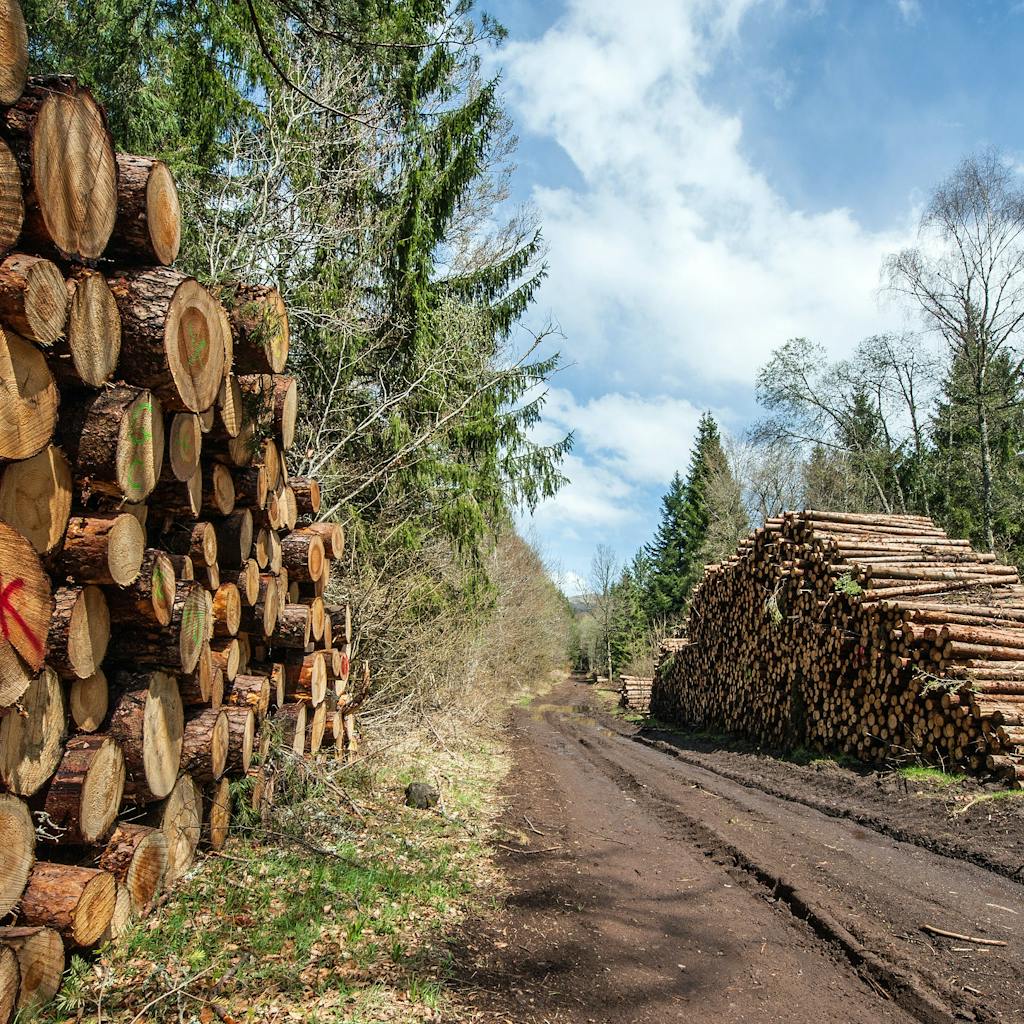Lumber market, before and after 2020.
Nov 8, 2021
14 min
A short analysis on the behavior of lumber prices in the North America.

Performance Review: Lumber Industry from 2019 - 2020
⅓ of the world’s boreal forest is accounted for by Canada, making it the world’s largest exporter of soft lumber before Russia surpassed its record in 2019. The fall in the industry’s performance is accounted for by the slow down of activity in the US housing market and the meager demand for NA lumber overseas in the same year. Considering that the US is one of the country’s major trading partners (30% of its lumber came from Canada), the biggest lumber-based companies in British Columbia were greatly affected. Lumber production in the area fell by 19%, and Canada’s lumber exports from Jan to Sept. 2019 decreased by 5% y-o-y.
Fast forward to the first half of 2020, a boom in the US housing market was seen. Since activities in the housing market are highly correlated with the lumber industry, this could mean higher demand for the latter. Take a look at Figure 1 to see the rise in the lumber market from Dec 2019 to March 2020. Please click the photo to see it in full view.
Production of lumber saw an upward trend from Dec 2019 to March of the following year, which increased production by 26%. However, when the pandemic hit North America in the same month, the anticipated growth for this industry was not attained as sales tumbled significantly. The production also went down from 5,009.2 cubic meters in March to 3,496 cubic meters in April due to covid restrictions imposed to stop the disease transmission. The supposedly good start unexpectedly hit rock bottom levels that were even worse from the preceding year. In fact, CFI revealed that the impact was even worse during the first nine months of the year, where shipments were 10% lower than in the same period in 2019.
Meanwhile, Q3 revealed a different scenario--demand in the lumber market spiked once more due to the ongoing home projects in the US that initially took place before the pandemic started, aside from the unprecedented domestic home sales(22% higher y-o-y) in December 2020. The December report by Statistics Canada revealed that the lumber industry reported a record-breaking 8.3%($3.7B) increase in sales of wood products which contributed significantly to a 0.9% rise in the country’s manufacturing industry. The trend may sound good to the lumber operators in the US and Canada, but since they did not anticipate such a trend, supply chain problems arose, which led to skyrocketing prices of lumber in the same year. According to Madison’s report, prices of lumber increased significantly in 2020 compared to the rise of its prices in the previous years, which is clearly presented by the chart below. Please click the photo to see it in full view.
Current Market Conditions in the U.S.
The increasing behavior of lumber prices continued until the second quarter of 2021. The June 2021 report by the New York Times revealed that lumber futures rose to a never-before-seen hike which peaked at more than $1,600 per thousand board feet in early May. This, however, tumbled eventually as demand for lumber of the do-it-yourself sector and the professional home building industry slowed down due to the rise in the price of lumber. At the same time, mills started to regain their normal level of production as restrictions eased down.
The cost of lumber to home construction in 2021
In the U.S., this rise in lumber prices contributed significantly to the increase in the cost of home renos, general contracting services, and, consequently, the prices of houses. Based on reports, the cost of new homes is up by around $24,000(Feb) - $36,000(April).
Final Thoughts
For the past two years, the lumber market experienced its fair share of difficulty, which impacted the construction industry and the homeowners accordingly. Based on experts, the impact of the lumber market may last for some time and, worse, may remain unrecovered. With this in mind, homeowners looking forward to renovating this year should keep track of the behavior of lumber prices and reconsider their budget to prevent unnecessary disruption in getting their new homes done or renovated.
Such may sound frustrating, especially if you don’t have a contract with the right home builder for your future property in Clearwater, or Tarpon Springs.
Free yourself from such frustrations, hire the right contractor.
This article was last updated on Dec 12, 2025
Share